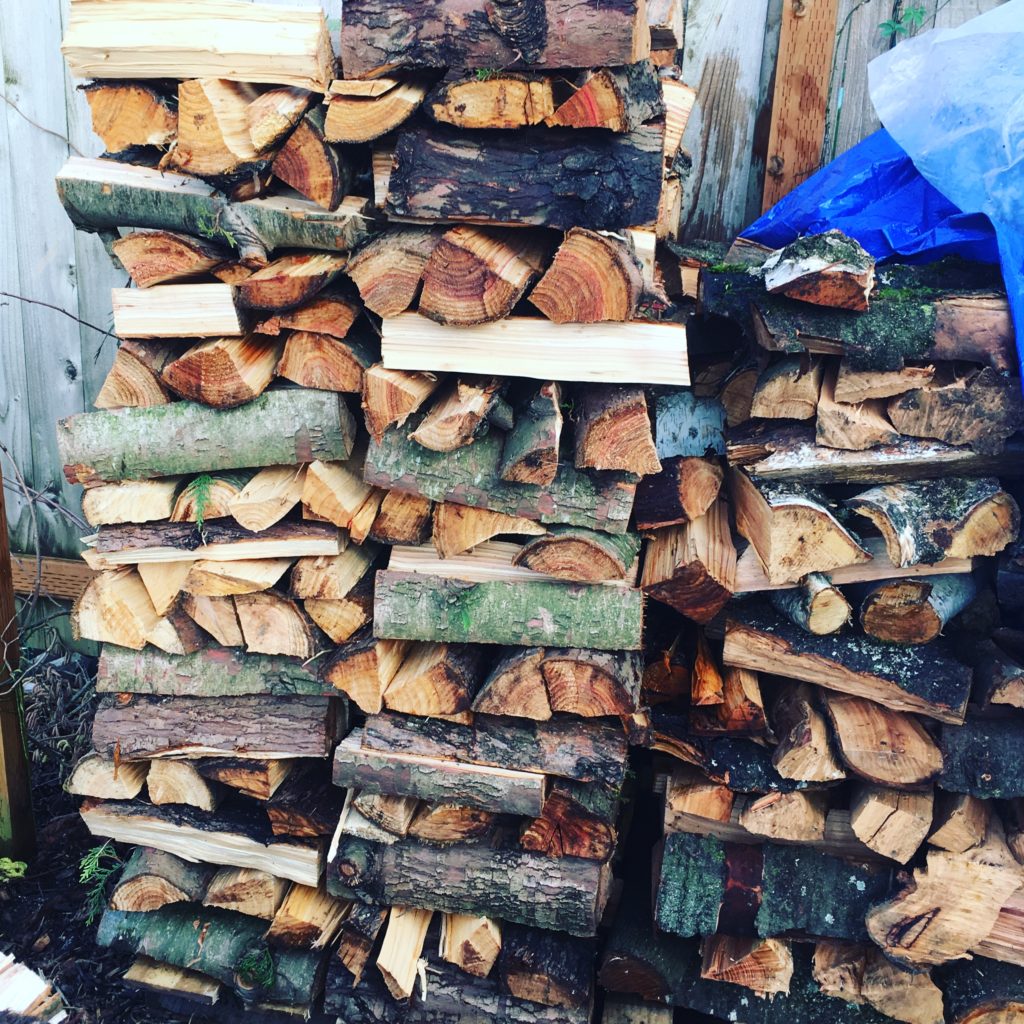
“Stick to gardening, lady.”
If I had a nickel for every time someone said, “Leave that other stuff out of your content, and stick to gardening!!“…I would could easily treat myself to a wedge of the world’s best bleu cheese (made right here in Oregon).
These folks getting their hackles up in the comments section don’t yet understand: permaculture is not gardening. And my work revolves around permaculture. So no, I won’t “stick to gardening” and leave 75% of what permaculture is collecting dust on the shelf.

What is Permaculture, Then?
Permaculture as a term is actually a portmanteau of “permanent” and “agriculture” and a portmanteau of “permanent” and “culture”. Its focus is on creating permanent, resilient systems for people, and the food they grow.
Coined by Bill Mollison in the 1970s, permaculture is a design system for creating robust communities of people that live in a way that heals our relatioship with the planet, increases the quality of life for all, and creates permanent, regenerative ways of feeding those communities. To limit it to “just gardening” would be reducing permaculture to something far less integrated and effective.
Mollison – along with his student and co-founder of permaculture, David Holmgren – sought to create a set of ethics and principles that could be used to guide any design, from growing food to building homes, from urban planning to creating healthier social relationships. The obvious benefits of this system for gardening and farming helped launch permaculture into the consciousness of the ag world, especially since the founders “borrowed” heavily from proven traditional indigenous agricultural techniques.
The benefits of growing food using this system are often the way folks are first introduced to permaculture. So it is understandable that people new to permaculture would only have heard that it can be a frugal, natural, and productive way to grow food. But permaculture is so much more. It can do so much more to improve our communities and personal lives.
The principles and ethics of permaculture are not confined to the production of food. Rather, growing food is but one integrated component of building resilient human communities. The three ethics of Earth Care, People Care, and Fair Share guide all our design processes. In permaculture, we make a conscious choice to interact with the world in a way that cares for the Earth, cares for all people, and uses a fair share of resources (the third ethic obviously reinforces the first two).
The 12 principles of permaculture are a box of tools to help us craft gardens and homes and communities that will thrive. Using effective strategies that have evolved in nature as a guide, the 12 principles are a launching off point to get us to think about creating more interconnected and successful ways of being human beings on this planet. The 12 principles help us improve the ways we grow food and shelter ourselves, in the ways we interact with nature, in the ways we interact with other humans. (I will dive deeply into these incredibly helpful 12 design tools in a future post.)

Does Permaculture Really Work?
If permaculture is such an expansive and sweeping design system, does it really work? The answer is both “yes” and “not yet”.
The beautiful thing about permaculture design is it is scalable. The principles work whether you’re applying them to a small veggie garden, or to entire economic systems. They work whether you’re designing a whole new “green” housing development, or looking to retrofit portions of your 100 year-old house for greater efficiency.
It does not matter if you’re new to permaculture and only know its application to gardening, or whether you’re an old-hat like me, searching for the ways permaculture can help us create healthier, more compassionate, and stronger societies – permaculture design principles will work for both of us. The more we use the tools in our permaculture tool box, the more ways we can create those resilient connections in our lives, our homes, our food systems, our societies. Doing so will benefit us right now on the small scale. And the the potential is there to make large permanent systemic changes using permaculture that will only increase our resilience, our positive impact on the planet, and our quality of life as human beings.
Permaculture is about connection, and so it makes no sense to isolate the gardening aspects of it. The more we see the connections in all things, the more we realize that strengthening other elements benefits us, and makes the whole system stronger. Permaculture says, “integrate, don’t segregrate.” The more we learn that we can not partition our gardens and farms from everything else in life and in nature, the more we see the potential to harness the connections that already exist to build a better world for us, our neighbors, and the Planet.

